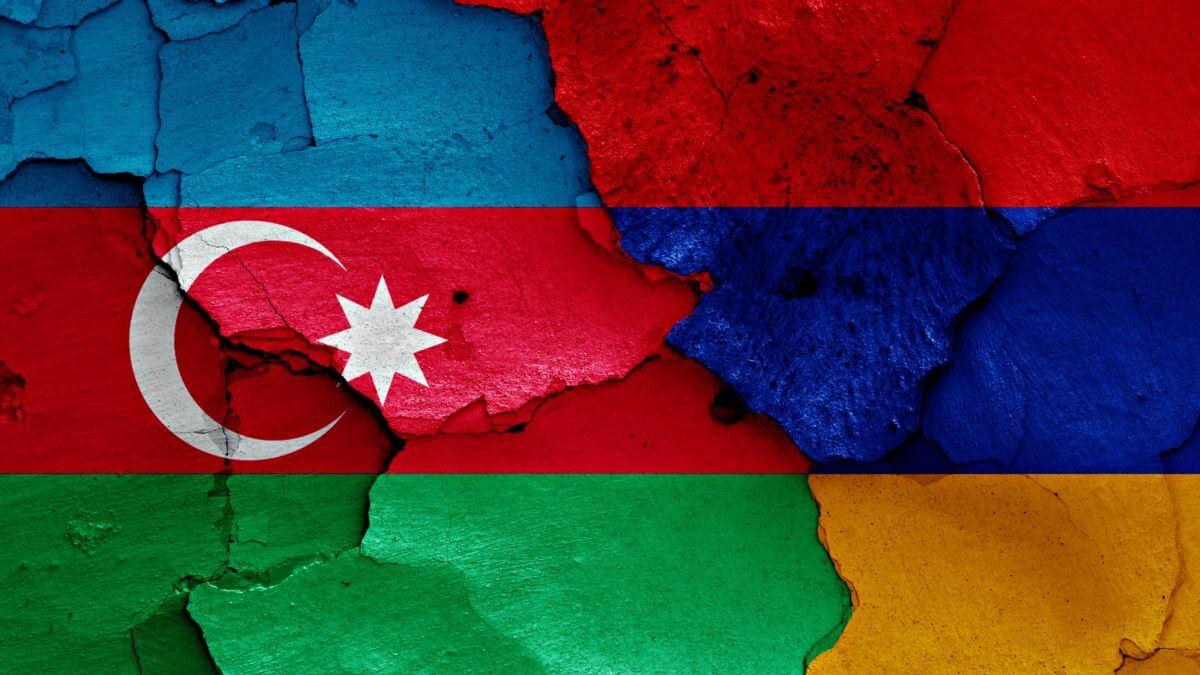Armenia-Azerbaijan conflict drops off 2025 risk list Caliber.Az examines the International Crisis Group’s report
An intriguing piece of news has emerged from the International Crisis Group (ICG) — an organization primarily focused on producing detailed analyses and policy recommendations concerning existing or potential conflicts. Each year, the group publishes a list of ten existing or potential conflicts that demand attention. Interestingly, in its forecast of the top ten conflicts for 2025, the group did not include Azerbaijan and Armenia, despite featuring them in its previous two annual reports.
Let's take a look at the reports. In the 2023 forecast, among other things, the following can be read: “Azerbaijani troops in March and August ‘captured’ (hereafter inverted commas - ed.) more territory in ‘Nagorno-Karabakh’, including strategic mountain positions. In September, Azerbaijani forces ‘seized’ territory inside Armenia proper. Each bout of attacks was progressively bloodier…The danger is that the talks go nowhere or another flare-up sinks both the Moscow-led and West-backed tracks, and Azerbaijan takes what it can by force.”
Setting aside the controversial definitions of Azerbaijan's policy, the group's analysis includes elements of common sense. The likelihood of Baku carrying out an operation to eliminate the grey zone in Karabakh in 2023 was indeed high, and this prediction materialized. However, contrary to the crisis group's predictions of a large-scale conflict, everything ended quite quickly – as a result of a meticulously carried out anti-terrorist operation, Armenian forces capitulated in less than a day.
However, this fact did not prevent the group’s experts from once again designating Armenia and Azerbaijan as a potentially explosive location at the beginning of 2024: “Azerbaijan wants a land corridor to Nakhchivan…Most likely is that it seeks to pressure Yerevan; more incursions in border areas are not unthinkable…Indeed, Azerbaijani officials insist they harbour no designs on Armenian land and have even proposed an alternative transit route through Iran. But however bad an idea an attack would be, in an environment where Baku, like many capitals, senses global checks on the use of force fraying, Armenian and Western officials have not entirely ruled out the possibility.”

Once again, there are controversial attacks against Azerbaijan, although this is quite customary; what is much more interesting here is that the group included the region in the risk zone solely because “Armenian and Western officials have not entirely ruled out the possibility.” If this factor is so significant to the group’s experts, it is surprising that they did not repeat this thesis in their 2025 forecast. After all, throughout the previous year, Armenian and Western politicians were no less hysterical about the threat of “aggression” from Azerbaijan against Armenia.
Did the crisis group experts finally heed the words of official Baku, which has repeatedly stated that Azerbaijan does not intend to resolve either the issue of the Zangezur corridor or the return of Azerbaijanis expelled from Western Azerbaijan by force?
However, even if this is the case, does it mean that the risk of armed conflict between Azerbaijan and Armenia is zero? Certainly not. We know that Armenian provocations along the border last year aimed to push Azerbaijan into large-scale retaliatory actions, so that Armenia could later declare Azerbaijan the aggressor. The recent shelling of Azerbaijani positions in the Lachin direction further confirms that Yerevan and its backers have not abandoned their plans. By the way, it is somewhat puzzling that the group did not mention the likelihood of a large provocation by Armenia. After all, Baku has repeatedly warned about such a scenario. Apparently, Armenia does not appear to be subject to critical analysis in the eyes of Western analysts.








